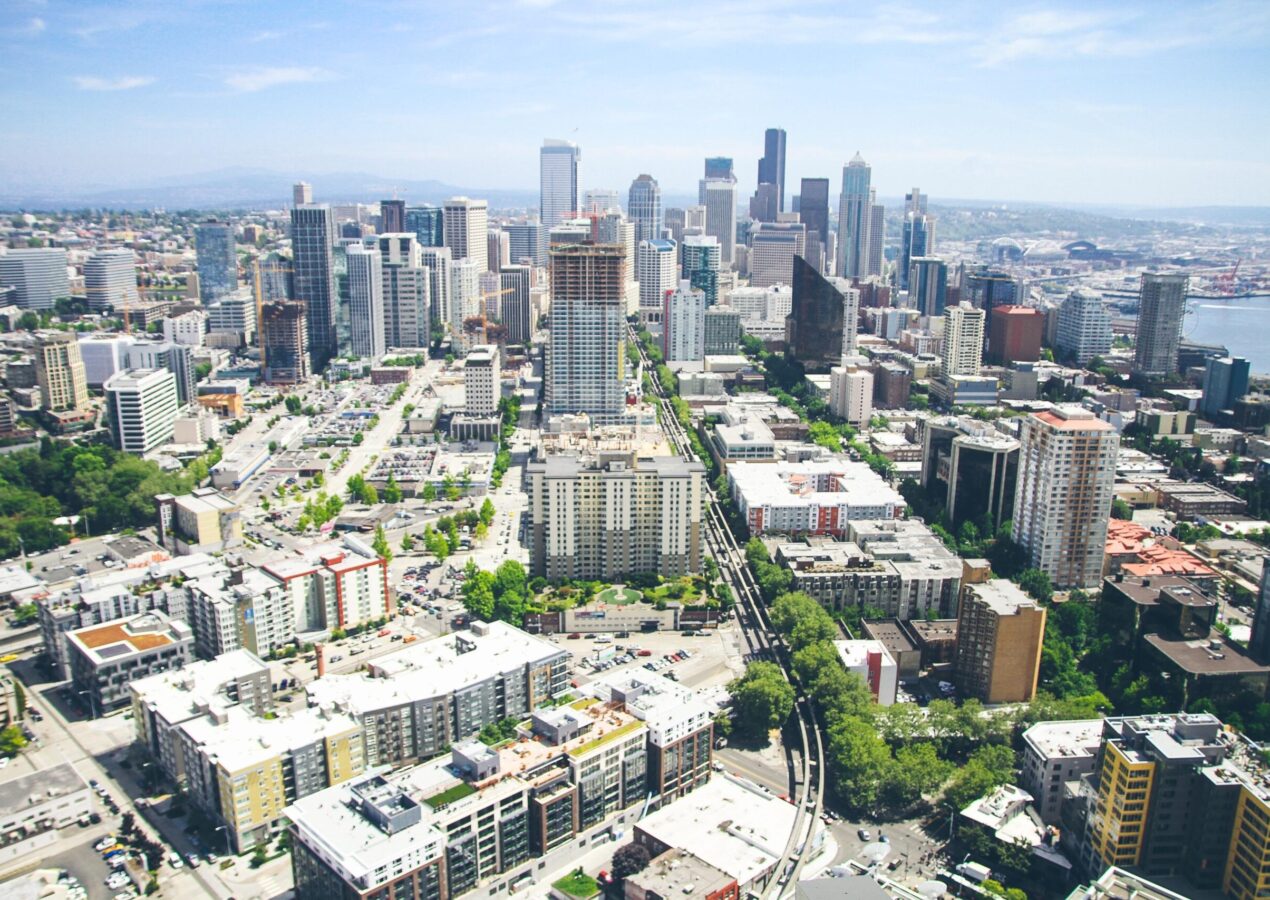We may receive a small commission for clicks or purchases made through our website or emails. This helps us fund the finds we share at no extra cost to you. Thanks for your support!
The smartest city in the world is Singapore, according to the inaugural IMD Smart City Index 2019.
Published by the International Institute for Management Development and the Singapore University of Technology and Design, the index ranked 102 cities based on how “smart” they are. This index defines a “smart city” as a city that uses technology to improve the quality of life and reduce the inadequacies of urbanization.
How did Singapore achieve the title of being the smartest city in the world? More importantly, how can other cities follow suit?
Here are the characteristics of what makes a city smart:
Infrastructure and Development
Smart cities involve themselves with more than just setting up imposing buildings. They use data, information, and technology to adapt to environmental changes, contribute to efficient energy distribution, and simplify the lives of citizens. Singapore, for example, equips streetlamps with analytic systems and sensors that monitor changes in humidity, rainfall, and temperature.
Smart cities also use technology to prepare for future demands. Toronto, another example of a smart city, ranked 15th in the Smart City Index. It launched the Smart Grid project, which uses smart grid technology to charge customers different rates based on their power consumption from the grid.
Transit Improvement
Smart cities can solve any traffic issues in the area. They connect destinations using public transport, allowing citizens to save time as they head to their destination.
Smart cities can implement the use of smart vehicles, but they can also encourage their residents to take alternate forms of transport, like bicycles and motorcycles, to decongest roads. Developing walkways also urges citizens to walk to their destination.
Ecological Efforts
Leaders of smart cities create mechanisms to improve their ecological footprint. They have programs in place that encourage their citizens to recycle and minimize waste. Smart waste solutions, like the solar-powered trash compactors developed in Needham, use sensors and intelligent data analysis to determine the best way and time to get rid of waste.
The creation of green, open spaces also contributes to the environmental efforts, as the city becomes less contaminated with polluted gases.
Public Services
The citizens of smart cities have no issues with public services. The government or private sector offer most services online, providing accountability and transparency to the public.
Smart cities also engage their citizens effectively in local governance and decisions. Residents have access to platforms where they can voice their opinions and feedback, as well as monitor activities and programs in the city.
Protection and Safety for Citizens
Smart cities use the latest technologies to give their citizens peace of mind. With video surveillance, brightly lit public areas, and intensive patrolling, they monitor criminal activity and reduce crime rates in the city. Residents also receive instant responses to emergency calls concerning crimes and accidents.
Smart cities like Singapore use state-of-the-art technology, as well as sound planning and implementation, to make the life of their citizens organized and less stressful. It might take a while for some cities in the world to become smart themselves. But knowing the features of a smart city can help them work towards achieving those qualities so that their citizens can live more comfortably.
Photo by Abigail Keenan on Unsplash

